Indirect potable reuse strengthens Mexico’s water security
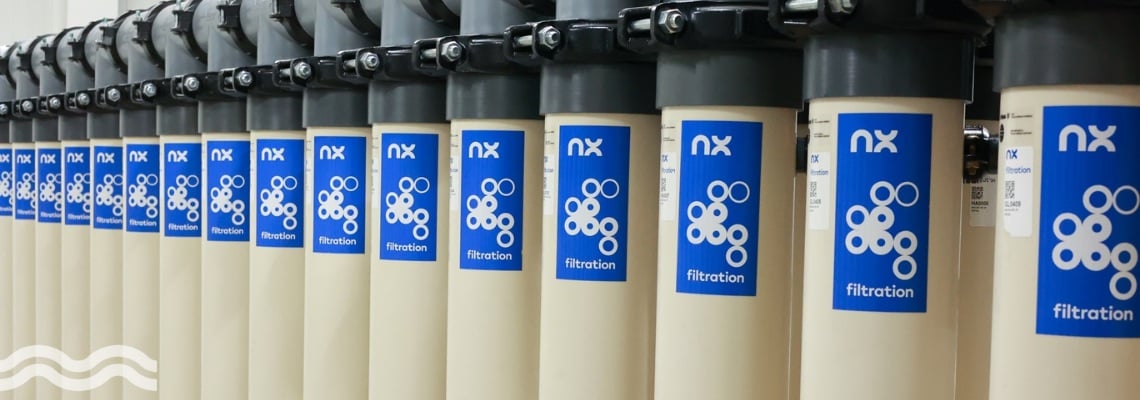
Indirect potable water reuse is being used to address water security issues in the Mexican state of Guanajuato. Water utility, SAPAL (Sistema de Agua Potable y Alcantarillado de León), is doubling the number of hollow fibre nanofiltration modules being used in a water treatment plant that forms a key part of the Estaciones Regeneradoras de Agua (Water Regeneration Stations) program.
Water regeneration for reservoir replenishment
The program produces drinking water based on water from the municipal wastewater treatment plant, in an indirect potable reuse (IPR) scheme. The hollow fibre nanofiltration membranes are being supplied by Dutch-based NX Filtration and delivered by local distributor EcoAzur.
The water from the plant will be treated by the hollow fibre membranes and advanced oxidation technologies before being discharged into the El Palote reservoir. Water from the reservoir is then processed through another treatment plant where it is purified for use as drinking water.
Fernando Cortés, managing director at EcoAzur, told local media: “We are pleased to continue our collaboration with NX Filtration for the further scale-up of this innovative drinking water plant.”
He added: “The application of NX Filtration’s hollow-fibre nanofiltration membranes will ensure efficient and cost-effective water treatment, contributing to enhanced water quality and environmental sustainability at the world’s largest scale today.”
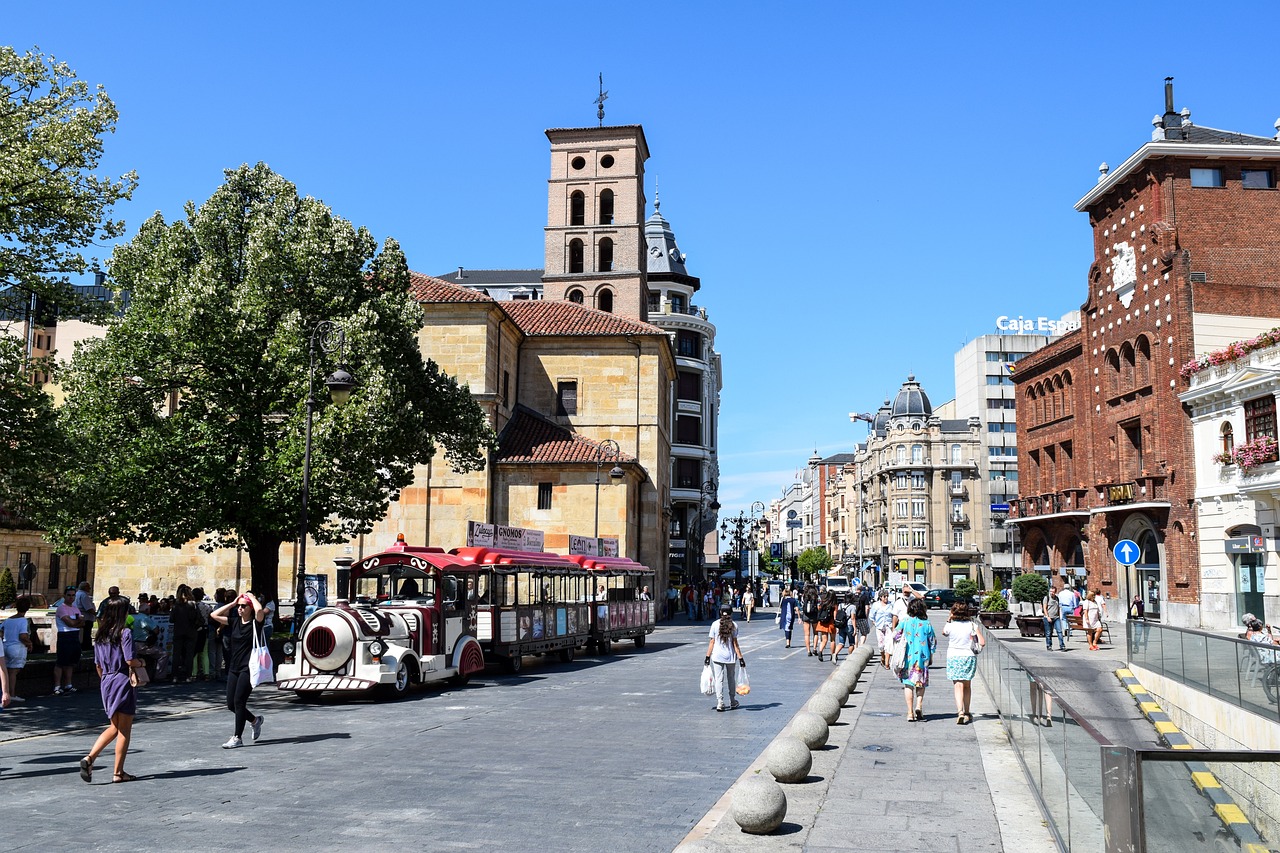
Why the need for a water regeneration system?
The plant and regeneration system were designed to address water security in Guanajuato’s main city, León, the third-largest city in Mexico, with a population of close to two million people.
Like many other Mexican states, Guanajuato, and its largest municipality, León, have suffered from long periods of water stress, with depleted aquifers and the associated stress on reservoirs. It was the first state in Mexico to declare an aquifer as being closed (back in 1948) and has been importing water from its neighbouring municipalities since the 1970s.
Agriculture is the main reason for extraction of water from the Valle de León aquifer (60 per cent), followed by urban use (36 per cent), with industrial and other users at minimal levels.
In 2023, the annual water deficit in the aquifer was calculated at 51 million/m3 with extraction levels dropping by 39 metres in two decades. Municipal authorities were also said to be close to announcing Day Zero in the city of León in 2022.
Doubling indirect potable reuse water capacity
The purchase of new hollow fibre nanofiltration membranes from NX Filtration doubles the capacity at the plant and marks the final stage in its development. The plant can process up to 34 million litres/day.
Alejandro Román, CCO at NX Filtration, told media: “This is an important next step in our collaboration with SAPAL and our Mexican partner EcoAzur. The milestone of receiving a repeat order to double the capacity of the Municipal water treatment plant underscores the importance of advanced membrane technology in addressing water challenges.”
Reuse as part of a national water strategy
Mexico’s government has been addressing the nation’s water problems with investment in infrastructure, forming part of an ambitious National Water Plan managed by Conagua, the country’s water commission.
Under the terms of the plan, the governors of all 32 Mexican states have committed to developing and implementing a plan for the hydraulic infrastructure under their jurisdiction. Additionally, academic institutions across the country are collaborating in scientific research and technological innovations that will contribute to the management, treatment, and reuse of water.
In a country where water scarcity affects as many as 35 million people, the plan’s main objective is to guarantee the human right to water in sufficient quantity and quality, ensure the sustainability of resources, and promote adequate and responsible management of water in all its uses.
This is based on four ‘axes’:
- Water policy and national sovereignty.
- Justice and access to water.
- Mitigation of environmental impact and adaptation to climate change.
- Comprehensive and transparent management.
What is indirect potable reuse?
Indirect potable reuse refers to treated wastewater that has been purified to meet regulatory standards, and is therefore deemed of sufficient quality to be introduced into an environmental buffer, such as an aquifer or reservoir, without any detrimental effects.
The reclaimed water mixes and dilutes with existing water and undergoes natural filtration. At a later date, it forms part of the supply that is transferred to a treatment plant to undergo further processes that make it suitable for drinking water.
Not only does this avoid some of the perceived negative associations that direct potable reuse still suffers from, but it can aid water security by topping up reservoir levels and can even be used to replenish depleted aquifers, such as the Valle de León.
However, while the indirect potable reuse has a better public profile than direct reuse, the process can still suffer from negative perceptions. For example, Southern Water and Portsmouth Water have seen their plans for an indirect potable reuse scheme associated with a new reservoir planned for southern England opposed by three local politicians – Alan Mak MP, Suella Braverman MP, and Damian Hinds MP – who have all claimed that the technology is unproven.
Indirect potable reuse adoption around the world
While opposition to indirect potable reuse in rainy England may not be entirely surprising, other parts of the world are embracing it. In many countries, it has become an essential part of their long-term water security strategy.
In southern Queensland, Australia, the Western Corridor Recycled Water Scheme can produce up to 230,000 m3/day of recycled water to supply the region’s largest surface water reservoir, Lake Wivenhoe, if the combined south-east Queensland bulk water storages reduce in volume to below 60 per cent of their full capacity.
The USA has long embraced indirect potable reuse. For example, the Groundwater Replenishment System in Orange County uses a combination of microfiltration, reverse osmosis, and UV disinfection to remove impurities from wastewater, producing 591,000 m3/day, which is then pumped into local aquifers.
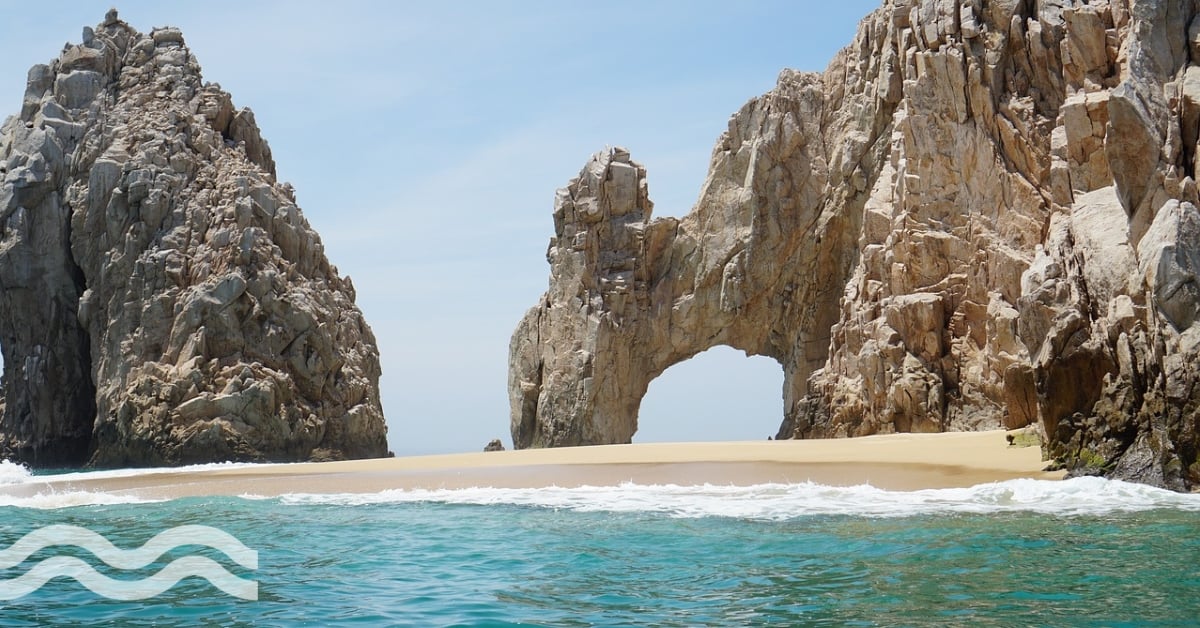
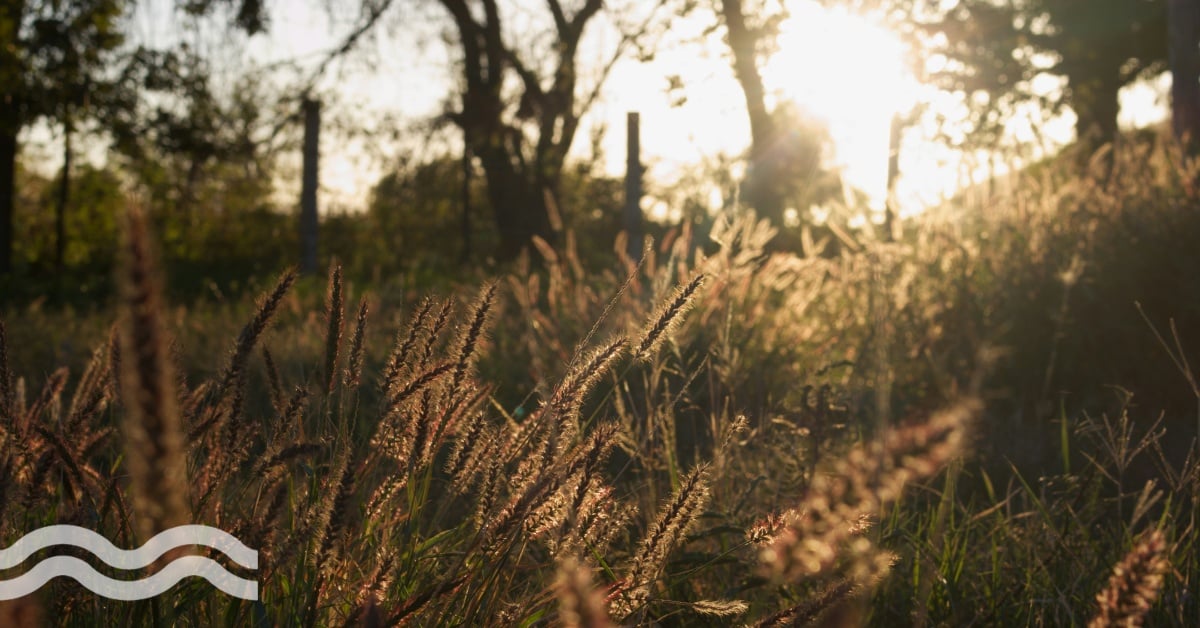
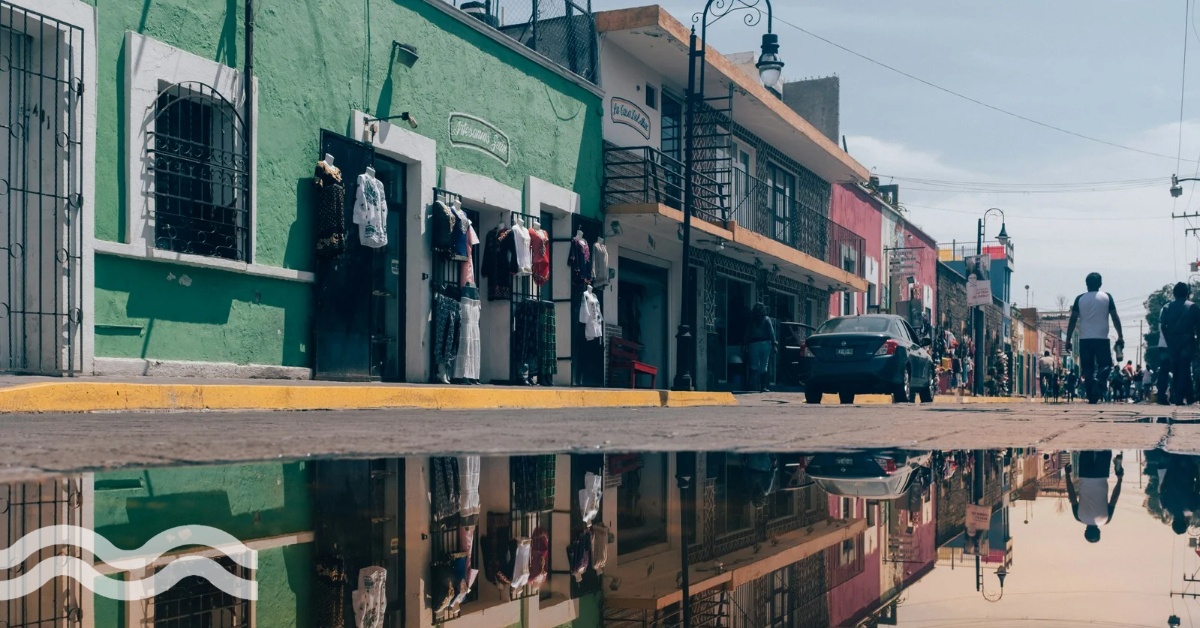

.jpg?h=628&iar=0&w=1200)